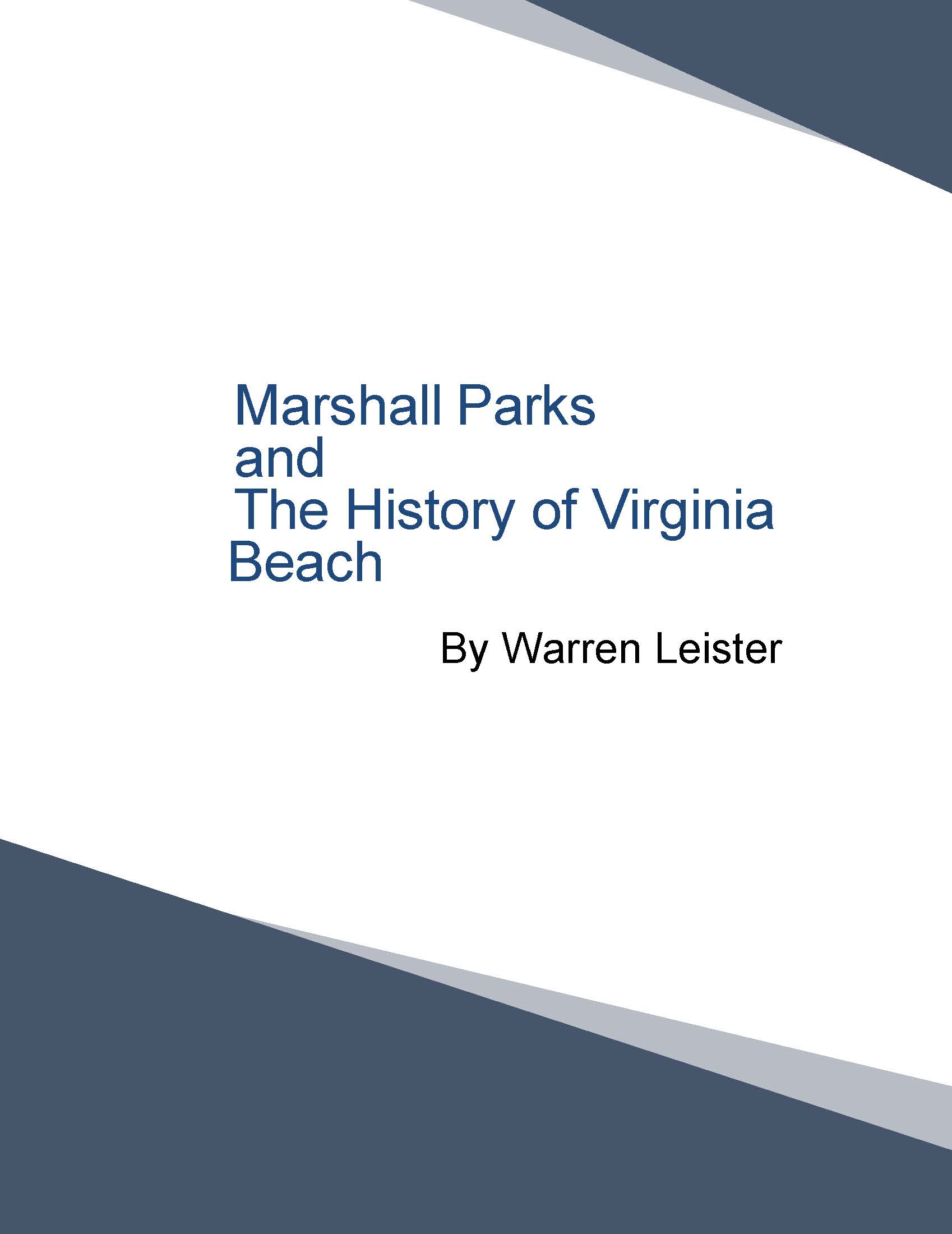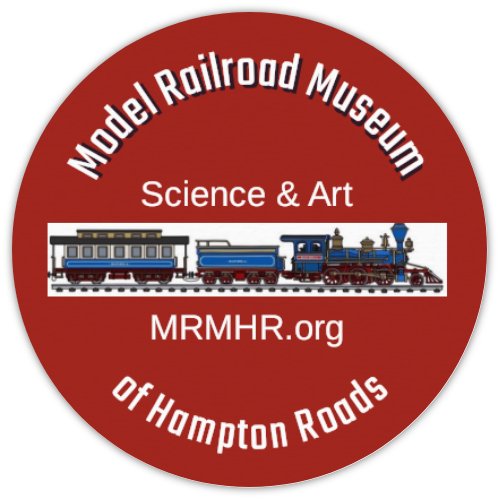Come Together
Get Ready for Family Fun,
Education, and Entertainment!!
| search engine by freefind | advanced | ||
Railroad History in
Hampton Roads
Revised and updated by Warren Leister - July 6, 2023
The history of railroads in the Hampton Roads area, also known as the Tidewater region of Virginia, dates back to the mid-19th century when the first rail line was constructed in the area. The region is situated at the southeastern end of the state of Virginia and is bordered by the Chesapeake Bay, James River, and Atlantic Ocean.
The earliest rail lines in the region were built to transport coal from the western part of the state to the port cities of Norfolk and Portsmouth. In the 1850s, the Southside Railroad was constructed, connecting the coal mines of the western Virginia to the port of Norfolk. The rail line was extended in the 1860s to reach Portsmouth, providing a more direct route for coal shipments to the Atlantic Ocean.
The arrival of the railroads in the Hampton Roads area led to a significant increase in industrialization and trade in the region. The port of Norfolk became one of the busiest ports on the East Coast of the United States, with shipments of coal, lumber, and other goods from the western part of the state passing through the city's rail yards.
In the late 19th and early 20th centuries, the region's railroads saw significant growth and expansion. The Chesapeake and Ohio Railway, one of the largest railroads in the country, established a presence in the region, operating lines that extended throughout Virginia, West Virginia, and Kentucky. The Norfolk and Western Railway, another major railroad company, also built extensive rail lines throughout the region, connecting the coal mines of southwestern Virginia to the port of Norfolk.
During the 20th century, the Hampton Roads area continued to be a hub of railroad activity. In 1964, the Chesapeake Bay Bridge-Tunnel was built, providing a direct connection between the Eastern Shore of Virginia and the mainland.
The Eastern Shore railroad ferry service is still in operation since April,1885 and is one of only two remaining in the U.S. the other being in New Jersey.
Collis P. Huntington decided when he built the C&O through to Newport News, to also build a shipyard there which was incorporated on January 28, 1886. It was named Newport News Shipbuilding and Drydock Company (NNS) and it serviced the coal ships that used the C&O coal terminal also newly built there. Today NNS is the largest shipbuilder in the U.S. and the largest private employer in Hampton Roads with approximately 24,000 employees.
Naval Station Norfolk was originally established at Sewells Point in 1915, in large part, due to the close proximity of the Lambert's Point railroad coal terminal as an abundance of coal was required to refuel the naval ships of that time. Naval Station Norfolk is the world's largest Naval Station today and the Norfolk Southern Lambert Point Coal Terminal is currently the largest in the Northern Hemisphere of the Americas and is the fourth largest in the world.
The region's railroads played a critical role in the transportation of troops and supplies during World War II. Norfolk served as a major military port, and the rail lines in the area were used extensively to transport soldiers, equipment, and materials to and from the port.
Today, the Hampton Roads area continues to be an important center for railroad activity. The Norfolk Southern Railway and CSX Transportation both operate extensive rail networks throughout the region, connecting the area to other parts of the country. Norfolk remains a major port city, and the rail lines in the area are used to transport goods to and from the port.
In conclusion, the history of railroads in the Hampton Roads area is closely intertwined with the region's economic and industrial development. The arrival of the railroads in the mid-19th century led to a significant increase in trade and commerce, and the growth and expansion of the railroads throughout the 20th century played a critical role in the region's development. Today, the region's railroads continue to be an essential component of the area's transportation infrastructure, enabling the efficient movement of goods and people throughout the region and beyond.
See also the "Local Railroad History" article in the Making Tracks Newsletter - July, 2023.

Share this site on your favorite Social Media page!
Recent Articles
-
Making-Tracks-November-2025
Nov 16, 25 02:28 PM
The official newsletter of the Model Railroad Museum of Hampton Roads -
A STEM Educational Center
Nov 09, 25 07:20 PM
Being a STEM Educational Center is a major part of our mission. -
Making Tracks October 2025
Oct 09, 25 11:07 AM
The official newsletter of the Model Railroad Museum of Hampton Roads.
The Birth of Virginia Beach

We have created and published a new historical document on the Birth of Virginia Beach. This has been written by our historian Warren Leister after researching the era and the people involved for several years. Excepts have been published here in our newsletter previously, but the information is now available all together in a 99 page document that you can purchase in our store. It factually explores the events, the dedicated people and the interesting culture in which they lived. Pick up your copy today!
The Model Railroad Museum of Hampton Roads is a fantastic community center based on running, operating and even building your own model railroads! There's something for every age here.
Learn about the real history of this area and how important it was in the building of America. Watch how railroads were built, the people involved, where America's roots were formed.
As they build their own railroads, students will be learning about science, electronics, architecture, technology, engineering, mathematics, and the art of 3 dimensional model landscaping. They can earn rewards for completing projects and winning contests.
Try to solve yardmaster problems on a switching layout like getting the lumber from the forest to the furniture store, by way of the saw mill and the lumber yard.
Run your train around blockades and other trains to get to the station on time without speeding or crashing.
Play railroad monopoly using model railroads. Winner is the one who can collect the most cars into his yard within an hour.
There will be programs for autistic and special needs kids, disabled adults and veterans.
School tours. Holiday Shows. Library and video rooms. Even youngsters will have their own wooden models to enjoy. There are classes and hands-on clinics for adults. Learn how to get started in the hobby. Or just enjoy the fun.
Everybody loves trains and this will prove it! Just click on the either the blue DONATE button below to make it happen...
PayPal Giving Fund:
No Credit Card Fees
OR...
Charitable Donations through PayPal, Credit or Debit cards:
(Opt in or out of paying credit card fees)
Get Updates and Special Offers in
the MRMHR Newsletter:
Making Tracks
Sign Up Here...
The official newsletter for the Model Railroad Museum of Hampton Roads








